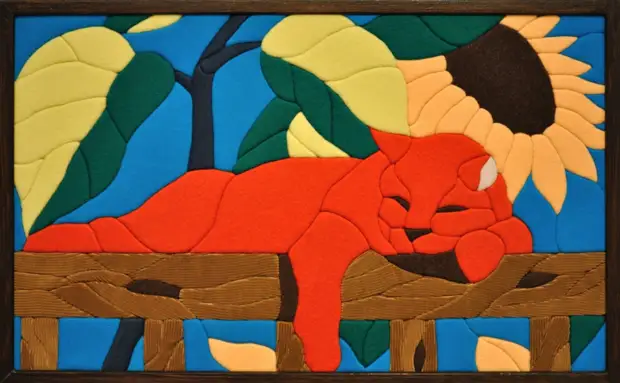
It is not difficult to guess that this kind of patch came to us from the East. Indeed, the Japanese gave this needlework a lot of fresh ideas, successfully applied until now. Kinusayiga is the most extraordinary way to create silk patchwork, which does not require the use of needles. Let's see how he liked European needlework lovers.
Art of creating beauty - kinusayig
Like a classic patchwork, Kinusayga appeared due to the need to save. It is known that Kimono is traditional Japanese clothing, manufactured from the best silk fabrics that the owner of future clothes could afford.
Therefore, when Kimono was worn out (and it happened quite quickly), his owner did not want to part with so expensive thing. As a result, the kimono was broken out, small products were sewn from large flaps, and small trimming was used when creating paintings.
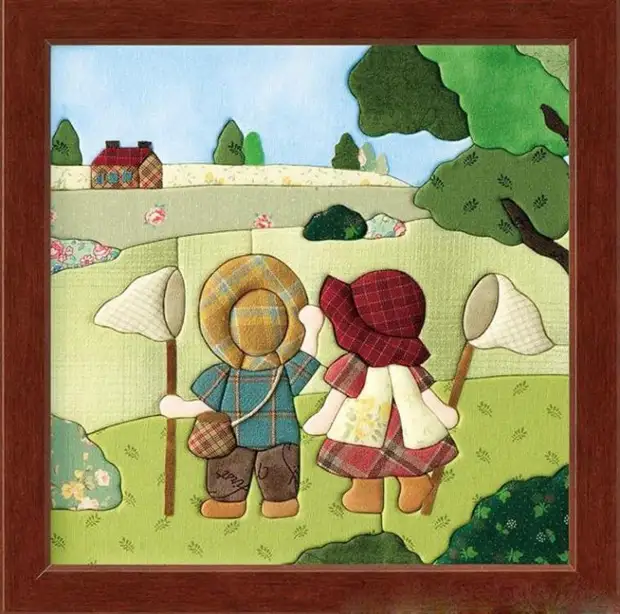
Before proceeding with work, the master did a drawing sketch on paper to further transfer it to a wooden plank. When the drawing turned out to be on the board, it was necessary to make the slots along the contours, according to which patchwork paintings were drawn.
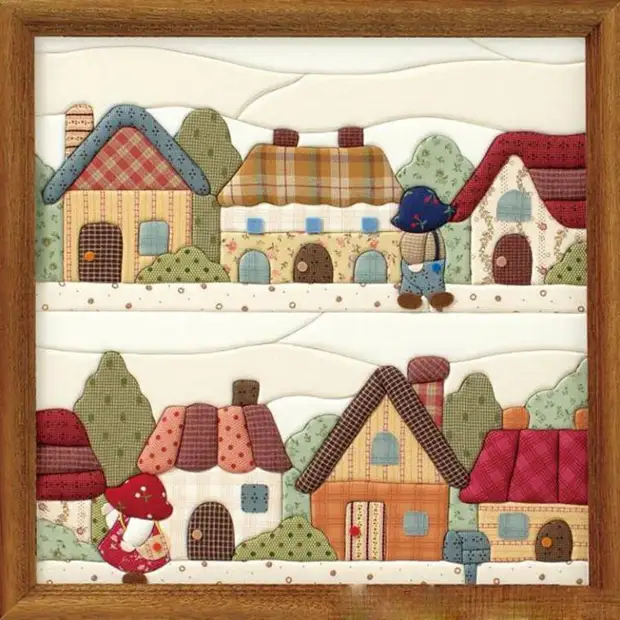
It happened this way: the flaps selected in the colors were encouraged into contour rubber and fixed on the back side. Cartina was obtained simultaneously and textile, and sufficiently dense, and the picture looked like a photo.
Of course, the Europeans gladly picked up the idea of patchwork sewing without the use of the needle. By the way, now this is a creativity and called: Kinusayiga - Patchwork without a needle. However, Europeans, more practical in household matters than the Japanese, apply this technique not only to create paintings.
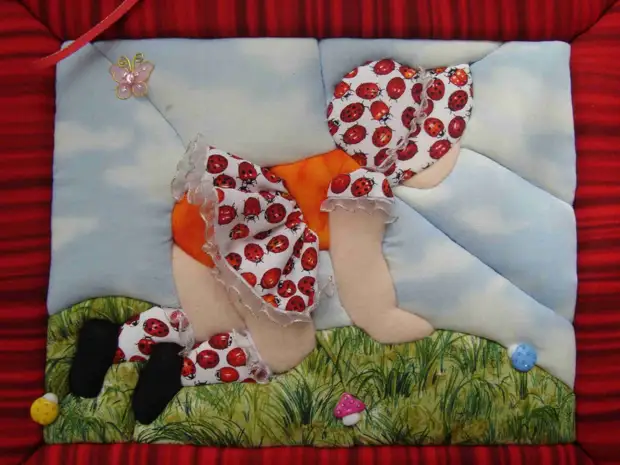
Basically, Kinusayig is used to decorate interior items, furniture, as well as souvenir items. Although the technique came to us quite recently, she has already managed to designate himself as the newest exciting way inlaid in patchwork and rear on his side of lovers of traditional patchwork sewing.
Modern kinusayiga is almost no different from its eastern predecessor. Fabrics are also superimposed on a dense base and edges are skipped through cut-out deepening. However, European masters decided that the decor with ribbons, ribbons, lace would be useful to such products.
Kinusayga - Execution Technique
You can use this technique in almost everything. This, of course, a variety of wall panels and paintings, simple interior and furniture items. Also now Kinusayu is used when creating all sorts of boxes, toys, covers for books, notebooks, postcards and many other things.
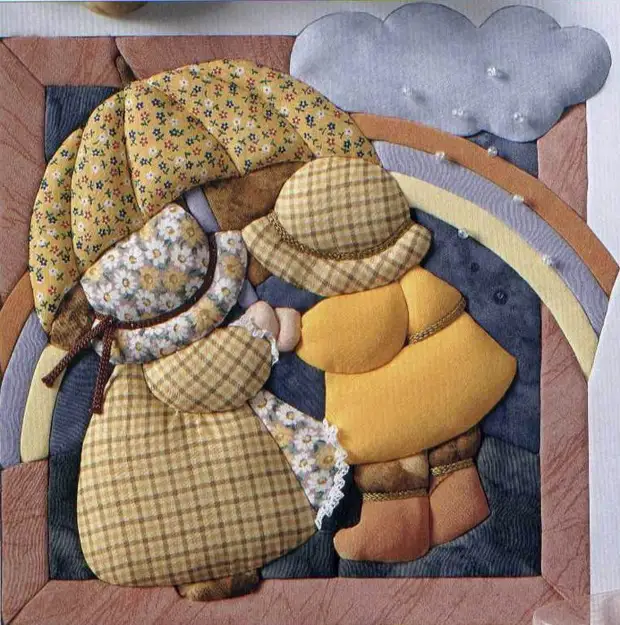
Materials needed to work in kinusayig technique
If this method is interested in you, then it's time to find out what materials may be needed. For kinusayigi, mandatory materials will be required, as well as elements that you can choose at your discretion.
As the basis for the product, it is best to choose a plate of foam plates. You can, of course, use wooden planks, but it is obvious that the foam is better to succumb to the cutting of the contours.
Foam plates can be cut independently from large pieces that are used for packaging goods.
In addition, in specialized stores you can find bulk basics for products of an unusual form.
To cut the contours, you will need an ordinary stationery knife, the scissors are necessary when stripped tissue, and to fix the cloth from the reverse side will need PVA glue.
As for other materials, they include tissues of various colors and types, as well as any elements of the decor. These include ribbons, braids, cords of any colors and sizes and, of course, beads, buttons, beads, rhinestones.
In general, as for the creative part, there are no recommendations here. The main thing is to combine all elements of the decoration so that in the end it turned out a stylish product made with taste.
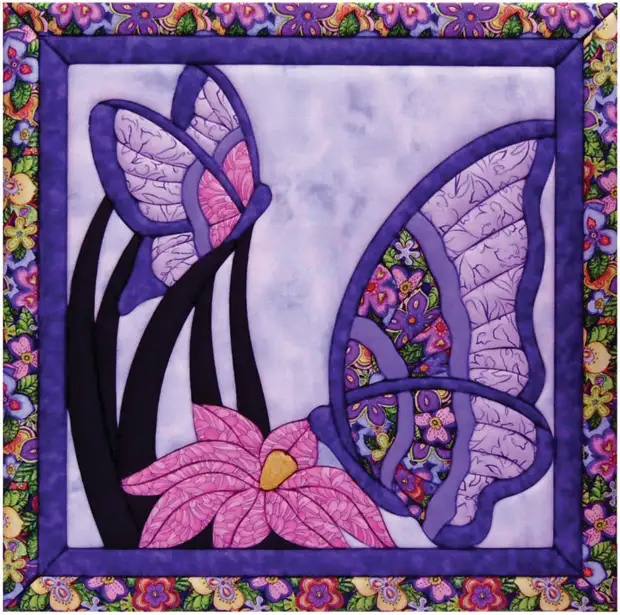
Technical Features Kinusayigi - Patchwork without a needle
If all the necessary materials and tools you have acquired, and the idea of the future product has already originated in the imagination, then you can begin to manufacture it. For this technique, it does not matter which product you have chosen, the actions will always be the same. So, deciding with the product, you should transfer your products on paper, so to speak, draw a sketch.
In the draft variant, you can designate the colors and decoration elements. Although, if you are confident in your abilities or just like to experiment, you can do without sketch.
It should be started with the foundation. As mentioned earlier, it can be made or purchase it in the store. An image is applied to the basis that dividing the product into small sections. Next, the stationery knife is made slots.
The next stage is the preparation of fabric flaps. I would like to note that if in some techniques Patchwork it is recommended to choose the fabrics of the same density, then you can connect absolutely any fabrics from silk to wool, the main thing is to look it appropriate.
The flaps should be slightly larger than the parts based on, as the edges will be filled into the slots.
When all the elements are harvested, the first flap is taken, it is applied to its place, and its edges are refilled into the carved outline. The same thing is done with the other parts, until the base becomes completely painted.
Then the moment of decoration comes. Typically, the product is decorated with the same contours of various ribbons, beads, rhinestones. It turns out very elegant and beautiful.
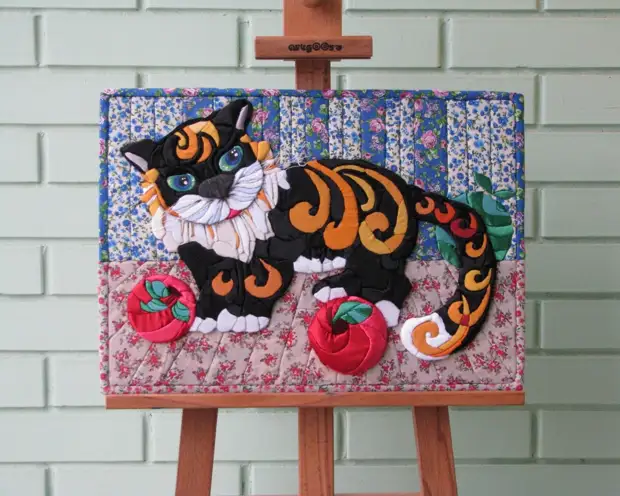
There are, of course, a slightly different version of this technique .. When using this technique, you will not have to make contour slits, and you will need only to impose flaps on each other, bent the edges.
But it will take to make a frame for products performed in this technique. This is done as follows:
1. Cut is a large flap of fabric with an additive about five centimeters on each side.
2. Then the frame fabric is placed on the table with an inlet up and a patchwork is laid out onto it.
3. When the image is ready, the edges are made of slits, in which the pending 5 tissue sites are being encouraged.
For the durability of products, tissue flaps or only slots are very often laundered by glue. To create a relief of the product under some flap, you can add a synthetic hyprofhen or unnecessary loskutka.
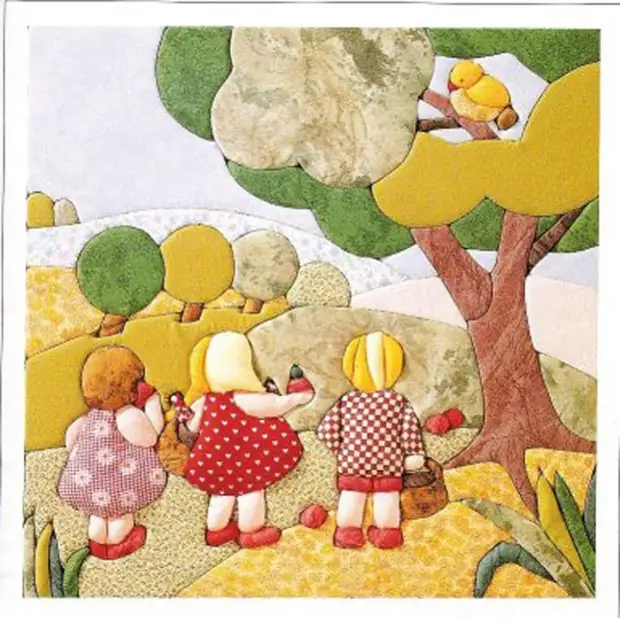
This is such an interesting alternative exists for patchwork fans without using threads and needles. Arm yourself with everything you need and start creating!
A source
